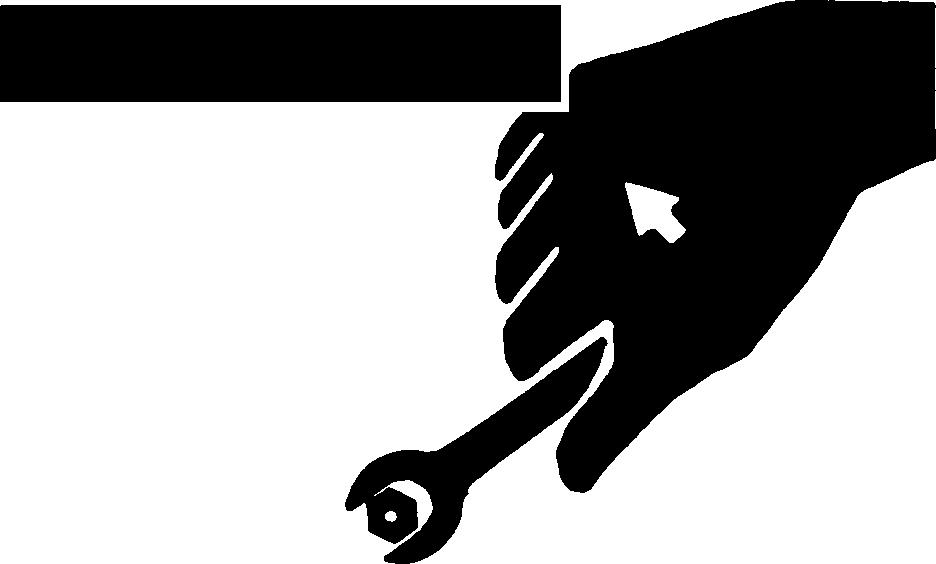Deere 624 Wheel Loader: Specs, Issues, and Solutions
Introduction
Foreword
This manual is written for an experienced technician. Essential tools required in performing certain service work are identified in this manual and are recommended for use.
Live with safety: Read the safety messages in the introduction of this manual and the cautions presented throughout the text of the manual.

This is the safety-alert symbol. When you see this symbol on the machine or in this manual, be alert to the potential for personal injury.
Technical manuals are divided in two parts: repair and operation and tests. Repair sections tell how to repair the components. Operation and tests sections help you identify the majority of routine failures quickly.
Information is organized in groups for the various components requiring service instruction. At the beginning of each group are summary listings of all applicable essential tools, service equipment and tools, other materials needed to do the job, service parts kits, specifications, wear tolerances, and torque values.
Technical Manuals are concise guides for specific machines. They are on-the-job guides containing only the vital information needed for diagnosis, analysis, testing, and repair.
Fundamental service information is available from other sources covering basic theory of operation, fundamentals of troubleshooting, general maintenance, and basic type of failures and their causes.
Technical Information Feedback Form
We need your help to continually improve our technical publications. Please copy this page and FAX or mail your comments, ideas and improvements.
SEND TO: John Deere Dubuque Works P.O. Box 538
Attn: Publications Supervisor, Dept. 303 Dubuque, IA 52004-0538
FAX NUMBER: 563-589-5800
Ideas, Comments (Please State Page Number): OVERALL, how would you
Company Name:
Technician Name:
Address:
Phone:
Fax No.:
Dealer Acct. No.:
THANK YOU!
SECTION 00—General Information
Group 0001 Safety Information
Group 0002 General Specifications
Group 0003 Torque Values
Group 0004 Fuels and Lubricants
SECTION 01—Wheels
SECTION 11—Park Brake
Group 1111 Active Elements
Group 1160 Hydraulic System
SECTION 16 Electrical System
Group 1671 Batteries, Support and Cables
Group 1672 Alternator, Regulator and Charging
Group 0110 Powered Wheels and Fasteners System Wiring
SECTION 02 Axles and Suspension Systems
Group 0200 Removal and Installation
Group 0225 Axle Shafts and U-Joints
Group 0250 Axle Shaft, Bearings, Reduction
Gears
Group 0260 Hydraulic System
SECTION 03 Transmission
Group 0300 Removal and Installation
Group 0350 Gears, Shafts, Bearings and Power
Shift Clutch
Group 0360 Hydraulic System
Group 0399 Dealer Fabricated Tools
SECTION 04—Engine
Group 0400 Removal and Installation
SECTION 05 Engine Auxiliary Systems
Group 0505 Cold Weather Starting Aids
Group 0510 Cooling System
Group 0515 Speed Controls
Group 0520 Intake System
Group 0530 External Exhaust System
Group 0560 External Fuel Supply Systems
SECTION 07 Dampener Drive
Group 0752 Elements
SECTION 09 Steering System
Group 0960 Hydraulic System
SECTION 10—Service Brakes
Group 1011 Active Elements
Group 1060 Hydraulic System
Group 1673 Lighting System
Group 1674 Wiring Harness and Switches
Group 1675 System Controls
Group 1677 Motors and Actuators
SECTION 17 Frame or Supporting Structure
Group 1740 Frame Installation
Group 1746 Frame Bottom Guards
Group 1749 Chassis Weights
SECTION 18—Operator’s Station
Group 1800 Removal and Installation
Group 1810 Operator Enclosure
Group 1821 Seat and Seat Belts
Group 1822 Steps and Handholds
Group 1830 Heating and Air Conditioning
Group 1899 Dealer Fabricated Tools
SECTION 19—Sheet Metal and Styling
Group 1910 Hood or Engine Enclosure
Group 1913 Miscellaneous Shields
Group 1921 Grille and Grille Housing
Group 1927 Miscellaneous Shields
SECTION 20 Safety and Convenience
Group 2002 Mirror
Group 2003 Fire Extinguisher
Group 2004 Horn and Warning Devices
SECTION 31—Loader
Group 3102 Bucket
Group 3140 Frames
Group 3160 Hydraulic System
All information, illustrations and specifications in this manual are based on the latest information available at the time of publication. The right is reserved to make changes at any time without notice.
Group 0001 Safety Information
Handle Fluids Safely Avoid Fires
Prevent Battery Explosions .00-0001-1
Prepare for Emergencies.
Prevent Acid Burns
Handle Chemical Products Safely
Avoid High-Pressure Fluids
Keep ROPS Installed Properly
Service Tires Safely
Avoid Harmful Asbestos Dust
00-0001-8
00-0001-9
Practice Safe Maintenance............................00-0001-10
Use Proper Tools
Dispose of Waste Properly
00-0001-10
00-0001-11
Live With Safety.............................................00-0001-11
Group 0002 General Specifications
624H Specifications
00-0002-1
Drain and Refill Capacities 624H/TC62H 00-0002-4
TC62H Specifications ......................................00-0002-5
Drain and Refill Capacities TC62H 00-0002-8
Group 0003 Torque Values
Hardware Torque Specifications
00-0003-1
ROPS Torque Specifications...........................00-0003-1
Metric Bolt and Cap Screw Torque Values 00-0003-2
Additional Metric Cap Screw Torque
Values
Unified Inch Bolt and Cap Screw Torque Values
Check Oil Lines And Fittings
00-0003-3
00-0003-5
00-0003-6
Service Recommendations for O-Ring Boss Fittings 00-0003-7
Service Recommendations For Flat Face
Service Recommendations for Metric
Service Recommendations For Inch
Handle Fluids Safely—Avoid Fires
When you work around fuel, do not smoke or work near heaters or other fire hazards.
Store flammable fluids away from fire hazards. Do not incinerate or puncture pressurized containers.
Make sure machine is clean of trash, grease, and debris.
Do not store oily rags; they can ignite and burn spontaneously.
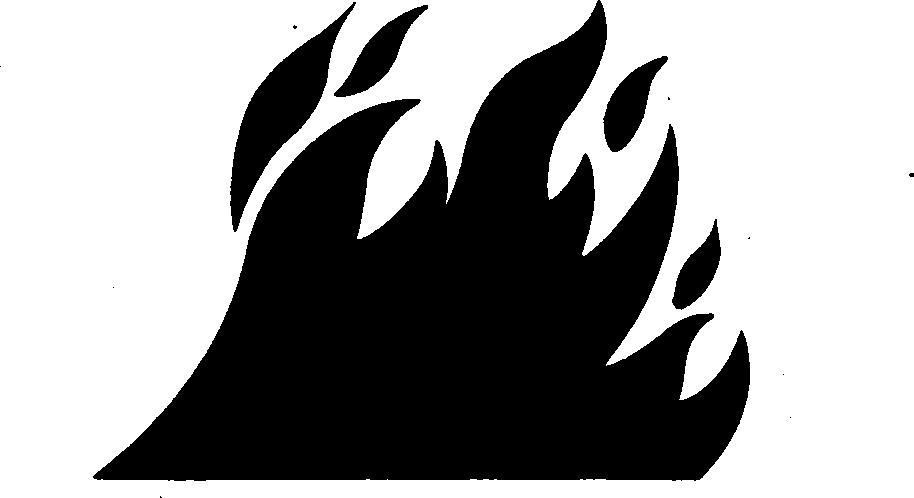
Prevent Battery Explosions
Keep sparks, lighted matches, and open flame away from the top of battery. Battery gas can explode.
Never check battery charge by placing a metal object across the posts. Use a volt-meter or hydrometer.
Do not charge a frozen battery; it may explode. Warm battery to 16C (60F).
Prepare for Emergencies
Be prepared if a fire starts.
Keep a first aid kit and fire extinguisher handy.
Keep emergency numbers for doctors, ambulance service, hospital, and fire department near your telephone.
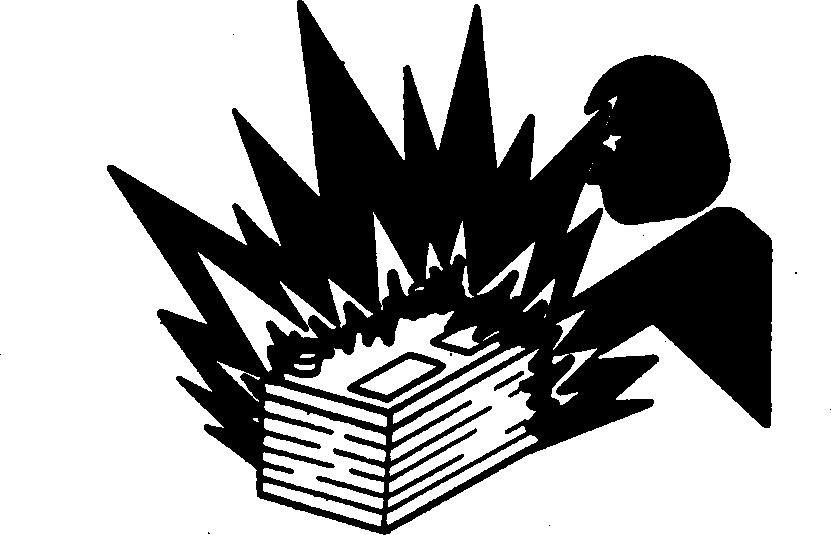
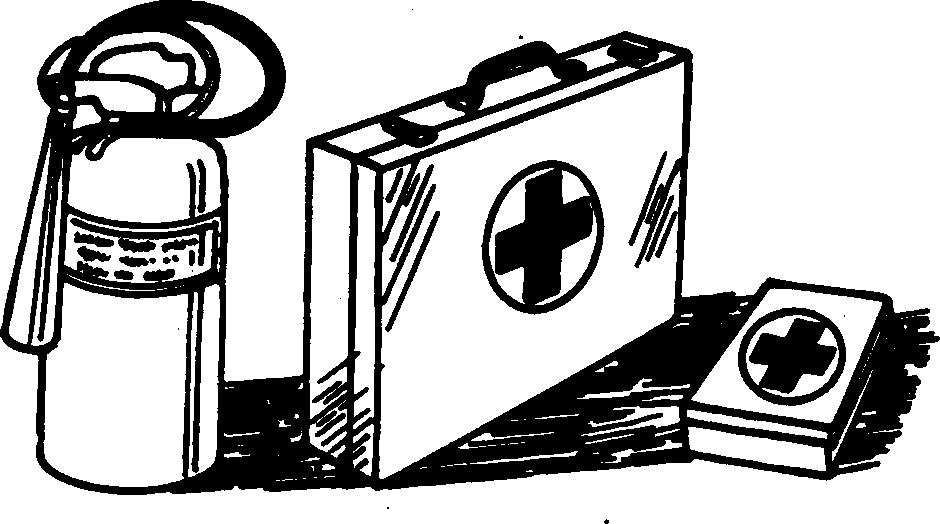
Sulfuric acid in battery electrolyte is poisonous. It is strong enough to burn skin, eat holes in clothing, and cause blindness if splashed into eyes.
Avoid the hazard by:
1. Filling batteries in a well-ventilated area.
2. Wearing eye protection and rubber gloves.
3. Avoiding breathing fumes when electrolyte is added.
4. Avoiding spilling or dripping electrolyte.
5. Use proper jump start procedure.
If you spill acid on yourself:
1. Flush your skin with water.
2. Apply baking soda or lime to help neutralize the acid.
3. Flush your eyes with water for 15 30 minutes. Get medical attention immediately.
If acid is swallowed:
1. Do not induce vomiting.
2. Drink large amounts of water or milk, but do not exceed 2 L (2 quarts).
3. Get medical attention immediately.
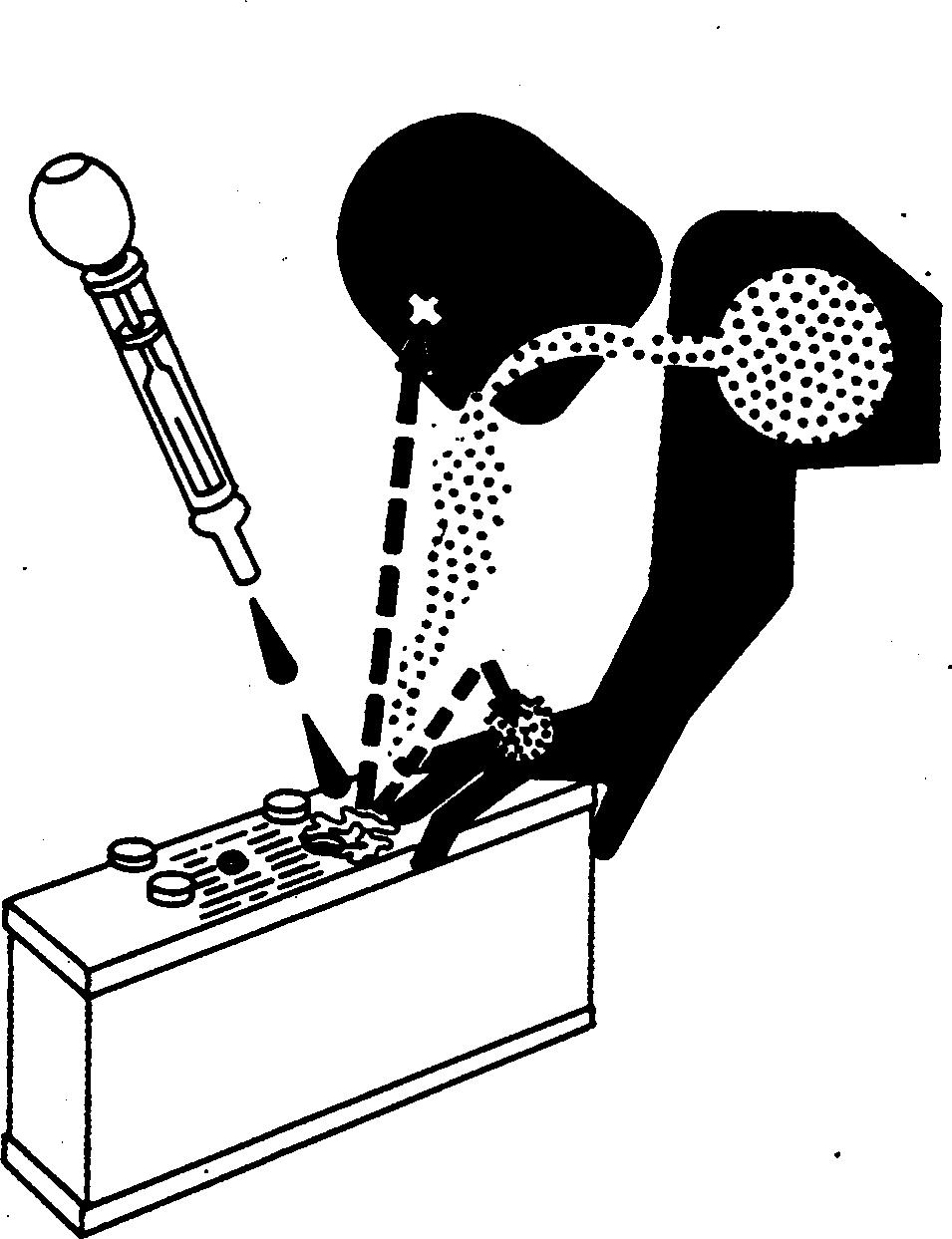
Handle Chemical Products Safely
Direct exposure to hazardous chemicals can cause serious injury. Potentially hazardous chemicals used with John Deere equipment include such items as lubricants, coolants, paints, and adhesives.
A Material Safety Data Sheet (MSDS) provides specific details on chemical products: physical and health hazards, safety procedures, and emergency response techniques.
Check the MSDS before you start any job using a hazardous chemical. That way you will know exactly what the risks are and how to do the job safely. Then follow procedures and recommended equipment.
(See your John Deere dealer for MSDS’s on chemical products used with John Deere equipment.)
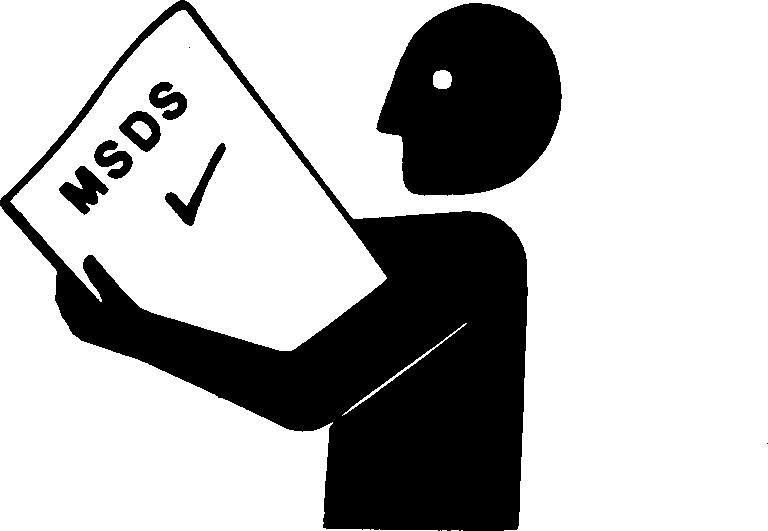
Avoid High-Pressure Fluids
Escaping fluid under pressure can penetrate the skin causing serious injury.
Avoid the hazard by relieving pressure before disconnecting hydraulic or other lines. Tighten all connections before applying pressure.
Search for leaks with a piece of cardboard. Protect hands and body from high pressure fluids.
If an accident occurs, see a doctor immediately. Any fluid injected into the skin must be surgically removed within a few hours or gangrene may result. Doctors unfamiliar with this type of injury should reference a knowledgeable medical source. Such information is available from Deere & Company Medical Department in Moline, Illinois, U.S.A.
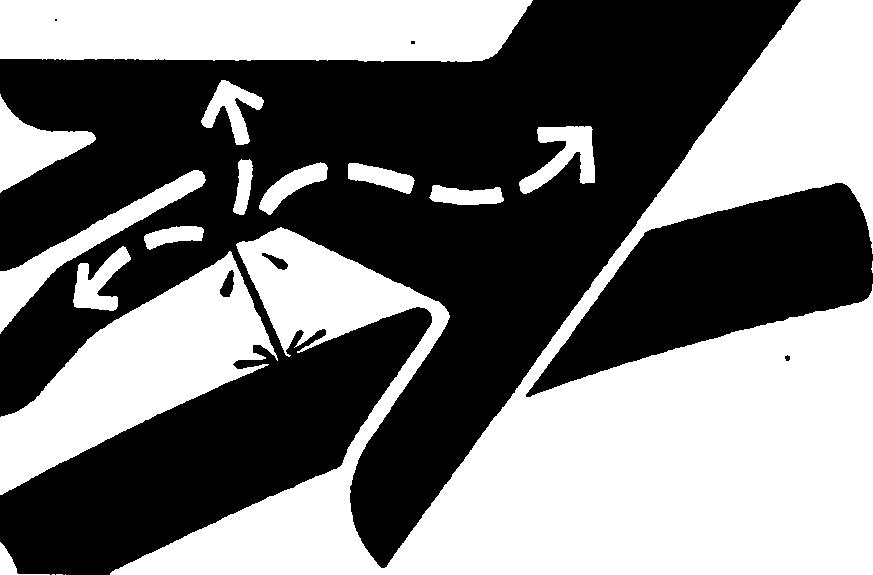
Before working on the machine:
• Lower all equipment to the ground.
• Stop the engine and remove the key.
• Disconnect the battery ground strap.
• Hang a "DO NOT OPERATE" tag in operator station.
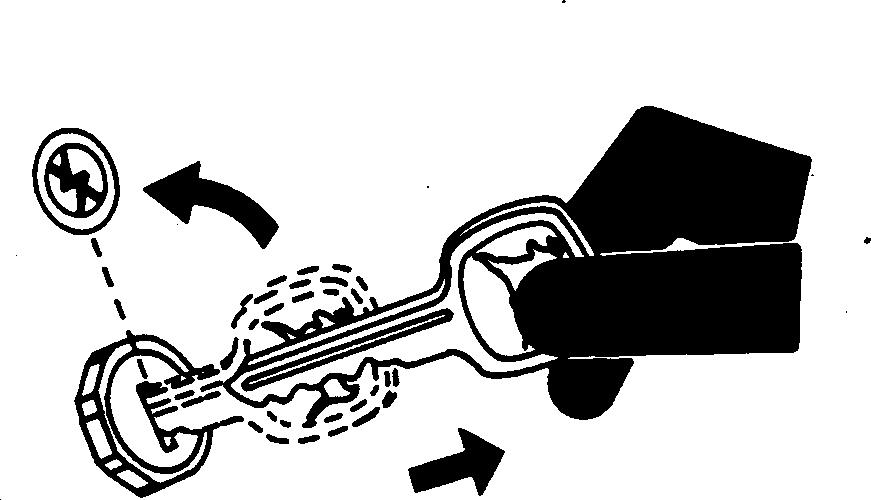
Support Machine Properly
Always lower the attachment or implement to the ground before you work on the machine. If the work requires that the machine or attachment be lifted, provide secure support for them. If left in a raised position, hydraulically supported devices can settle or leak down.
Do not support the machine on cinder blocks, hollow tiles, or props that may crumble under continuous load. Do not work under a machine that is supported solely by a jack. Follow recommended procedures in this manual.
When implements or attachments are used with a machine, always follow safety precautions listed in the implement or attachment operator’s manual.
Wear Protective Clothing
Wear close fitting clothing and safety equipment appropriate to the job.
Operating equipment safely requires the full attention of the operator. Do not wear radio or music headphones while operating machine.
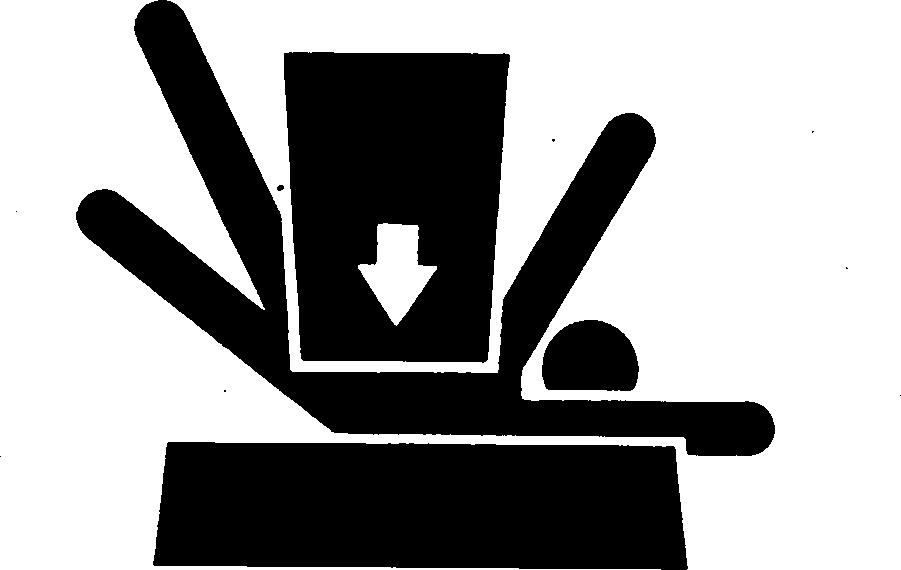
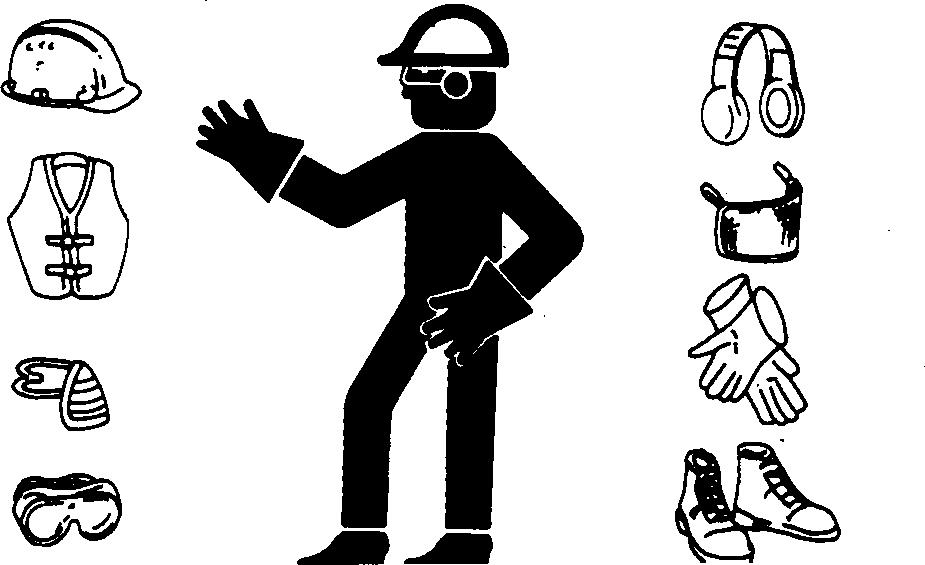
Work in Clean Area
Before starting a job:
• Clean work area and machine.
• Make sure you have all necessary tools to do your job.
• Have the right parts on hand.
• Read all instructions thoroughly; do not attempt shortcuts.
Service Machines Safely
Tie long hair behind your head. Do not wear a necktie, scarf, loose clothing, or necklace when you work near machine tools or moving parts. If these items were to get caught, severe injury could result.
Remove rings and other jewelry to prevent electrical shorts and entanglement in moving parts.
Work In Ventilated Area
Engine exhaust fumes can cause sickness or death. If it is necessary to run an engine in an enclosed area, remove the exhaust fumes from the area with an exhaust pipe extension.
If you do not have an exhaust pipe extension, open the doors and get outside air into the area
Illuminate Work Area Safely
Illuminate your work area adequately but safely. Use a portable safety light for working inside or under the machine. Make sure the bulb is enclosed by a wire cage. The hot filament of an accidentally broken bulb can ignite spilled fuel or oil.
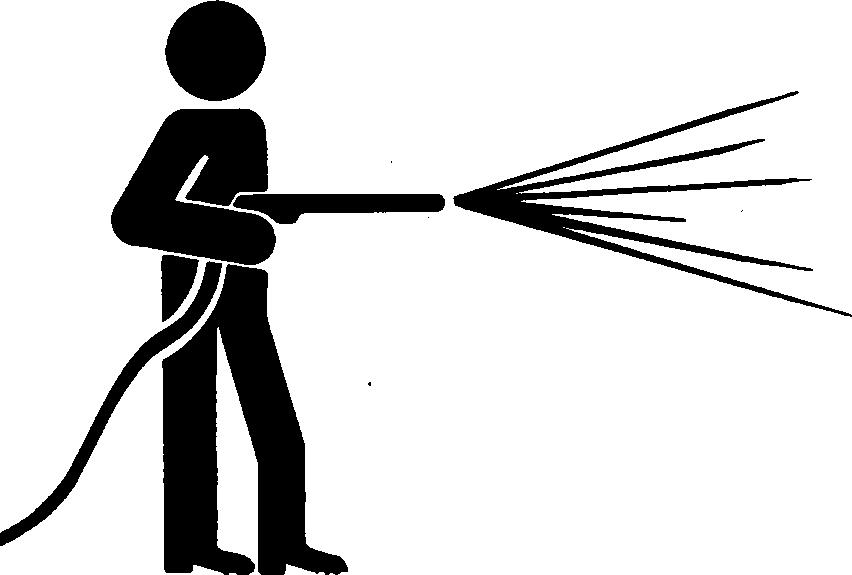
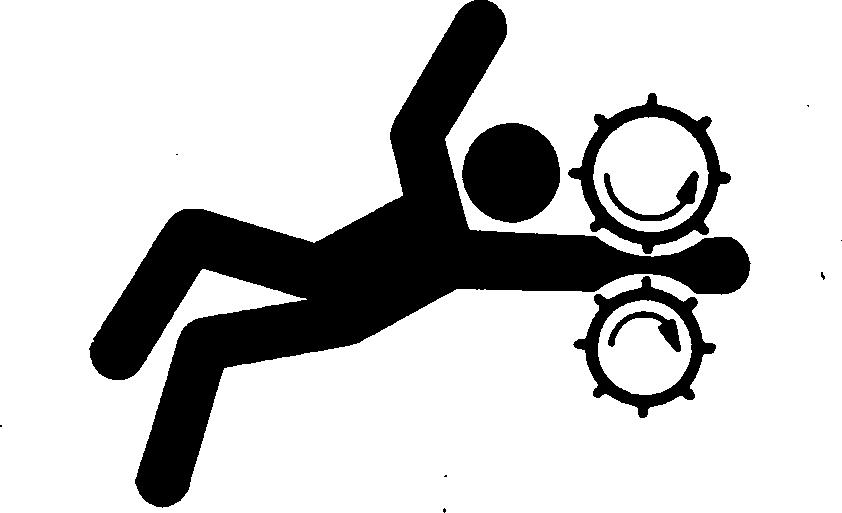
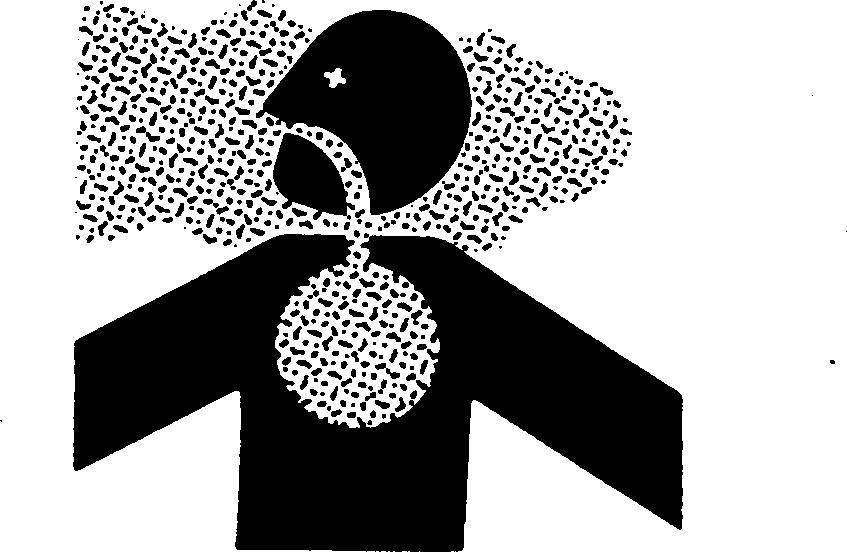
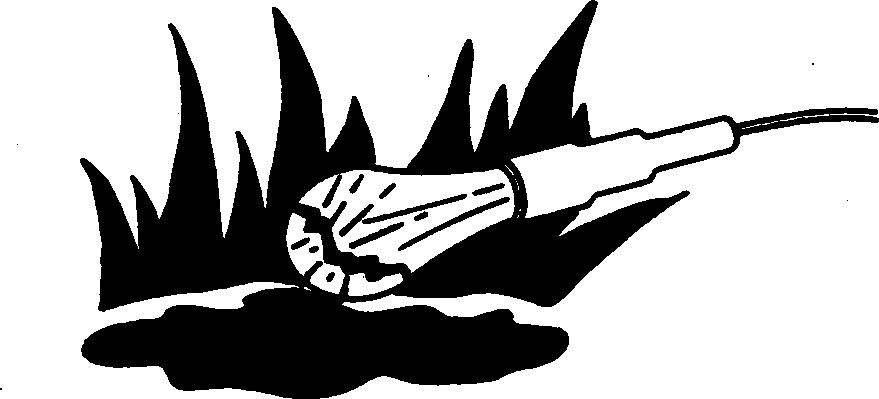
Replace Safety Signs
Replace missing or damaged safety signs. See the machine operator’s manual for correct safety sign placement.
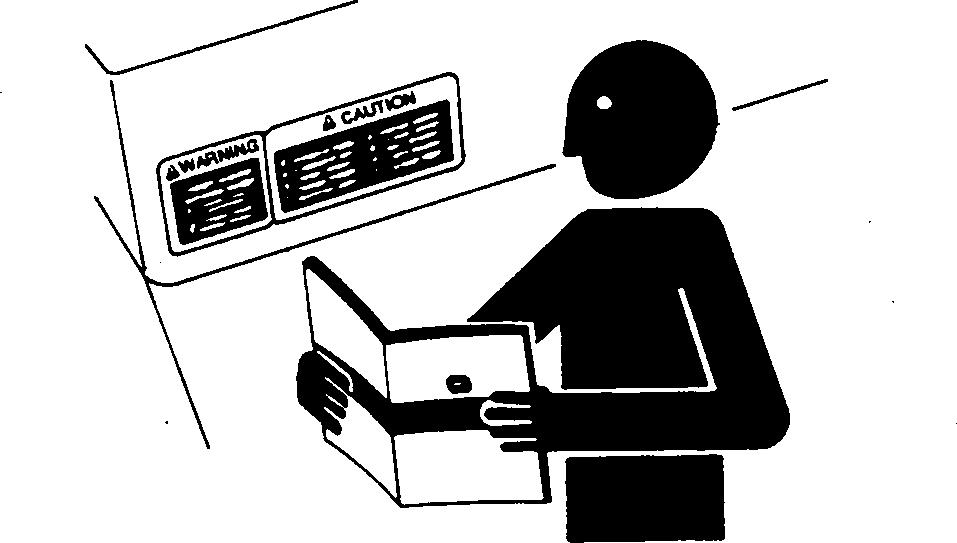
Use Proper Lifting Equipment
Lifting heavy components incorrectly can cause severe injury or machine damage.
Follow recommended procedure for removal and installation of components in the manual.
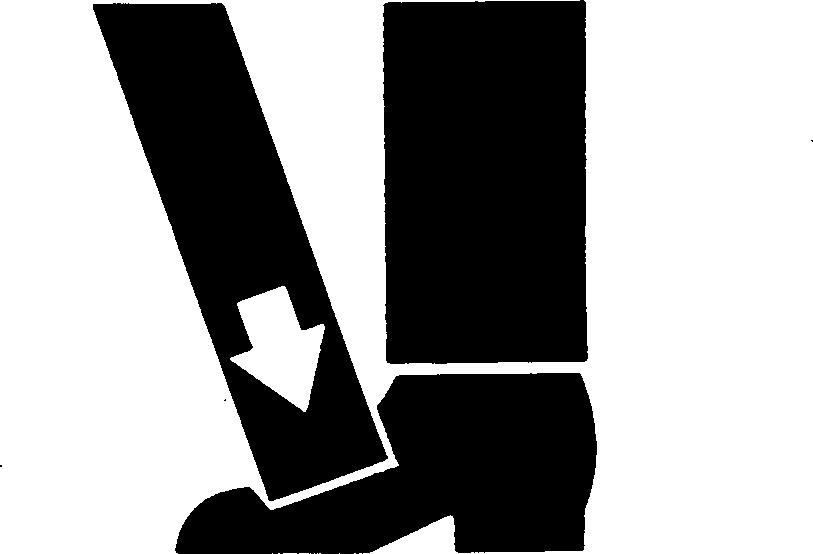
Remove Paint Before Welding or Heating
Avoid potentially toxic fumes and dust.
Hazardous fumes can be generated when paint is heated by welding, soldering, or using a torch.
Remove paint before heating:
• Remove paint a minimum of 100 mm (4 in.) from area to be affected by heating. If paint cannot be removed, wear an approved respirator before heating or welding.
• If you sand or grind paint, avoid breathing the dust. Wear an approved respirator.
• If you use solvent or paint stripper, remove stripper with soap and water before welding. Remove solvent or paint stripper containers and other flammable material from area. Allow fumes to disperse at least 15 minutes before welding or heating.
Do not use a chlorinated solvent in areas where welding will take place.
Do all work in an area that is well ventilated to carry toxic fumes and dust away.
Dispose of paint and solvent properly.

Avoid Heating Near Pressurized Fluid Lines
Flammable spray can be generated by heating near pressurized fluid lines, resulting in severe burns to yourself and bystanders. Do not heat by welding, soldering, or using a torch near pressurized fluid lines or other flammable materials. Pressurized lines can be accidentally cut when heat goes beyond the immediate flame area.
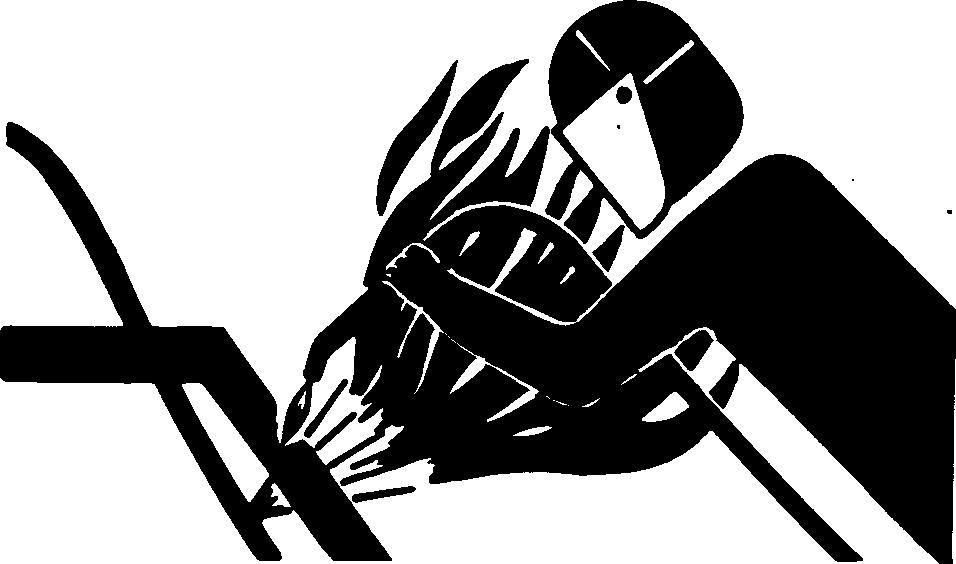
Make certain all parts are reinstalled correctly if the roll-over protective structure (ROPS) is loosened or removed for any reason. Tighten mounting bolts to proper torque.
The protection offered by ROPS will be impaired if ROPS is subjected to structural damage, is involved in an overturn incident, or is in any way altered by welding, bending, drilling, or cutting. A damaged ROPS should be replaced, not reused.
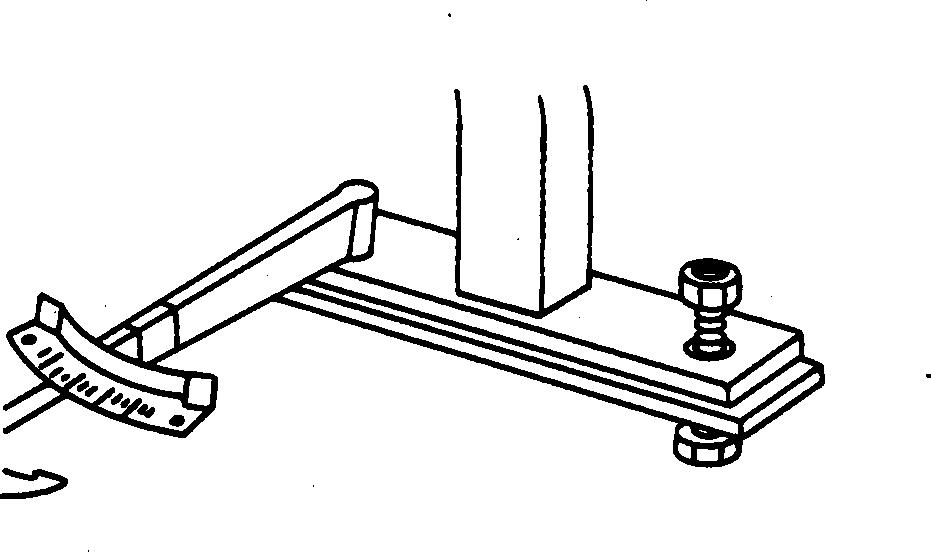
Service Tires Safely
Explosive separation of a tire and rim parts can cause serious injury or death.
Do not attempt to mount a tire unless you have the proper equipment and experience to perform the job.
Always maintain the correct tire pressure. Do not inflate the tires above the recommended pressure. Never weld or heat a wheel and tire assembly. The heat can cause an increase in air pressure resulting in a tire explosion. Welding can structurally weaken or deform the wheel.
When inflating tires, use a clip-on chuck and extension hose long enough to allow you to stand to one side and NOT in front of or over the tire assembly. Use a safety cage if available.
Check wheels for low pressure, cuts, bubbles, damaged rims or missing lug bolts and nuts.
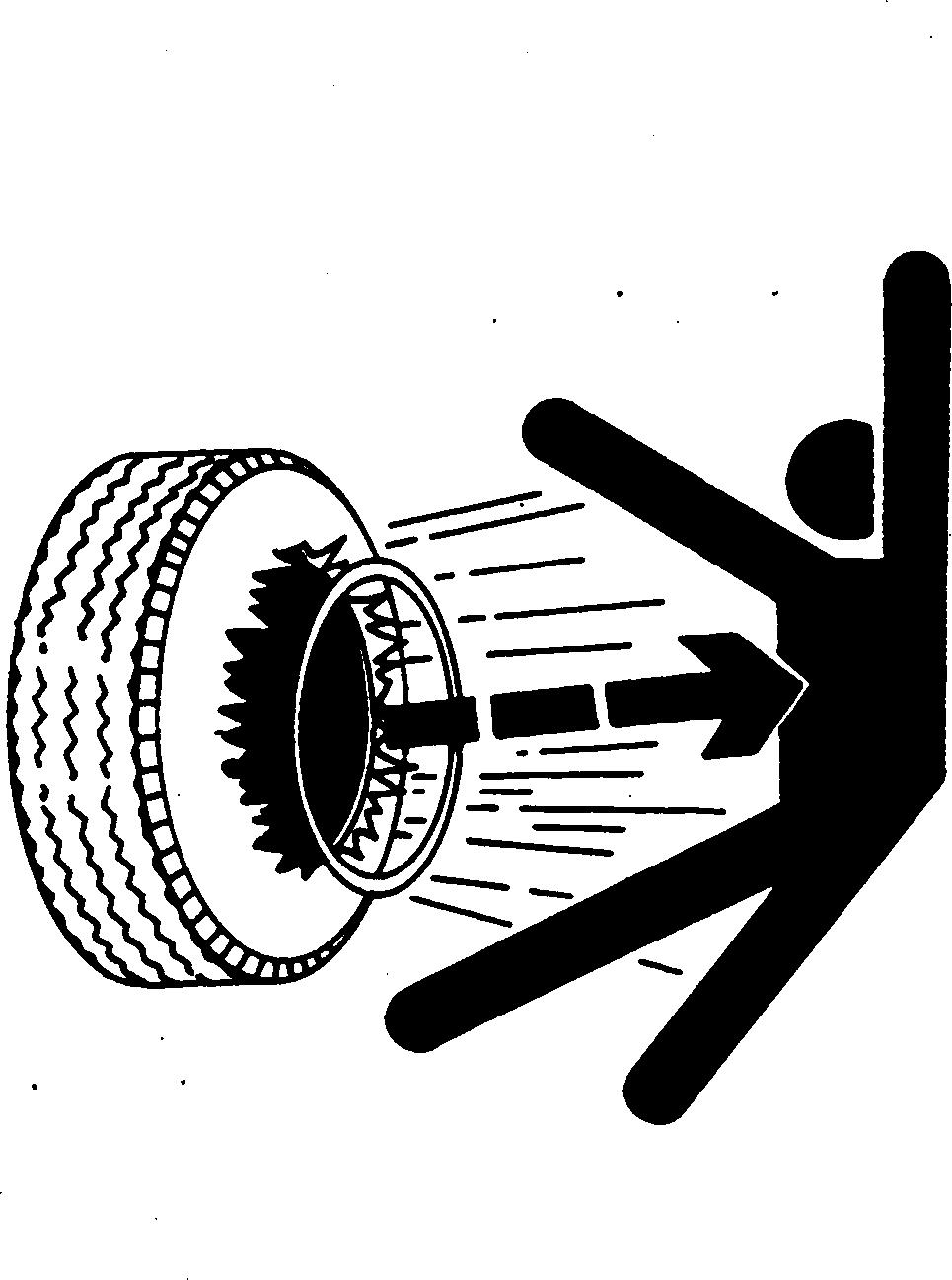
Avoid Harmful Asbestos Dust
Avoid breathing dust that may be generated when handling components containing asbestos fibers. Inhaled asbestos fibers may cause lung cancer.
Components in products that may contain asbestos fibers are brake pads, brake band and lining assemblies, clutch plates, and some gaskets. The asbestos used in these components is usually found in a resin or sealed in some way. Normal handling is not hazardous as long as airborne dust containing asbestos is not generated.
Avoid creating dust. Never use compressed air for cleaning. Avoid brushing or grinding material containing asbestos. When servicing, wear an approved respirator. A special vacuum cleaner is recommended to clean asbestos. If not available, apply a mist of oil or water on the material containing asbestos.
Keep bystanders away from the area.

Understand service procedure before doing work. Keep area clean and dry.
Never lubricate, service, or adjust machine while it is moving. Keep hands, feet , and clothing from power-driven parts. Disengage all power and operate controls to relieve pressure. Lower equipment to the ground. Stop the engine. Remove the key. Allow machine to cool.
Securely support any machine elements that must be raised for service work.
Keep all parts in good condition and properly installed. Fix damage immediately. Replace worn or broken parts. Remove any buildup of grease, oil, or debris.
On self-propelled equipment, disconnect battery ground cable (-) before making adjustments on electrical systems or welding on machine.
On towed implements, disconnect wiring harnesses from tractor before servicing electrical system components or welding on machine.
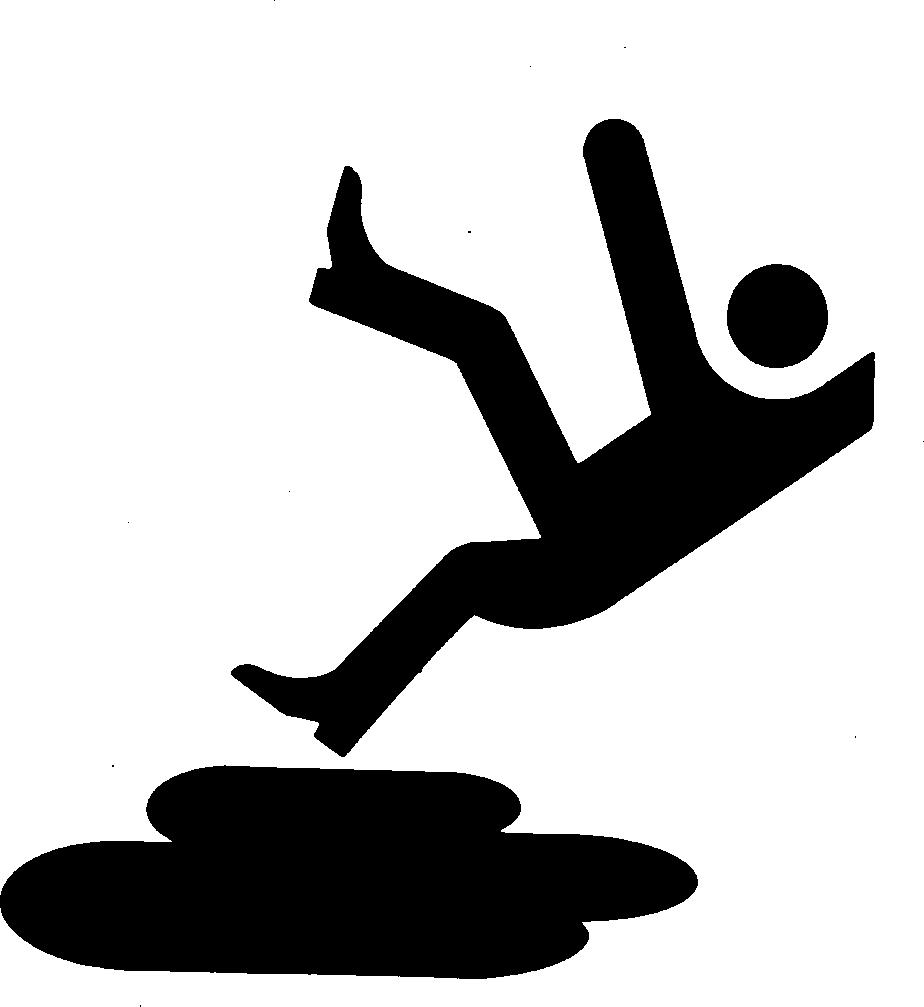
Use Proper Tools
Use tools appropriate to the work. Makeshift tools and procedures can create safety hazards.
Use power tools only to loosen threaded parts and fasteners.
For loosening and tightening hardware, use the correct size tools. DO NOT use U.S. measurement tools on metric fasteners. Avoid bodily injury caused by slipping wrenches.
Use only service parts meeting John Deere specifications.
